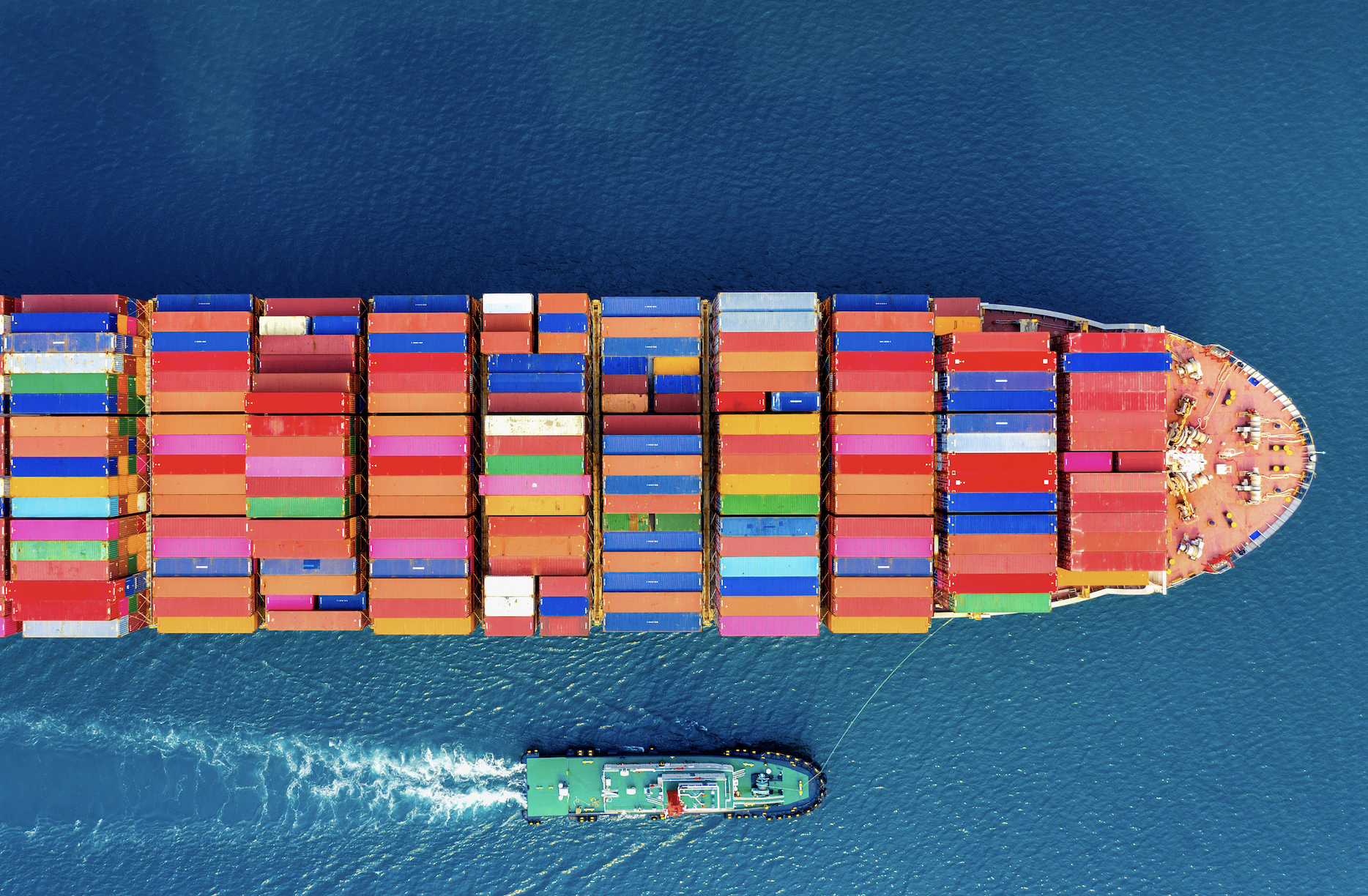What are antidumping procedures?
WTO-sanctioned procedures, which have served as the basis for most domestic legislations on antidumping dating back to the days of the GATT, follow the subsequent logic. Domestic firms can complain to their governments’ relevant authority that they have been injured by a foreign company that dumped its products in the domestic market. The state agency may then initiate an antidumping procedure, which is typically referred to as an antidumping initiation. If the complaint is found valid, antidumping measures are imposed in the form of higher tariffs.
What are the tree elements that constitute dumping?
The complaint that a foreign company is dumping its product in the domestic market is valid if
- There is evidence that the domestic industry has suffered “material injury” (e.g., a decline in profitability) due to foreign imports.
- The price of these imports must have been “less than fair value.” This condition of unfairness can be demonstrated in one of three ways
a.imports are priced at less than their price in the home market
b.imports are priced at less than their price in a third market, or
c.if a and be cannot be assessed, imports are priced at less than their cost of production - The investigating body has to prove that a causal link between the alleged dumping and the injury suffered by the domestic industry
What is the punishment for dumping?
If antidumping has been proven, the consequent antidumping duties are the difference between the price at which the product was dumped and the fair import.
Who enforces antidumping rules and sanctions internationally?
At present, member countries of the WTO have to comply with the WTO rules concerning antidumping practices. There are plenty of common features across countries because several rounds of the GATT/WTO trade negotiations have codified and standardized antidumping practice.
How does antidumping work at national level?
The United States, for example, basically applies a two-tier process between the International Trade Commission and the Department of Commerce. After a trade union, domestic producer, or industry association files a dumping petition against an imported product, the International Trade Commission investigates whether these products injured the domestic industry. The Department of Commerce determines whether dumping has taken place. Once dumping is established, the latter determines an antidumping margin. The antidumping policies of the European Union and the U.S. are very similar in their legal details, aims and outcomes. There is close convergence in the time pattern and structure of procedures, their relationship to antitrust and trade policy, as well as in the political economy dimension. However, despite the fact that most countries apply WTO rules, the lenience of those rules leaves much room for interpretation when applied nationally.
EA Research Question
There is evidence that only an initiation of an antidumping investigation itself can harm the accused company even without knowing the outcome. This is because the clients of the accused company expect the import price of the accused product to increase due to antidumping duties and already try to find alternative suppliers that offer a comparable product at a lower price. We are collecting trade data to see whether initiations against the US, EU, Australia and the BRIC countries do have that impact. For now, we are in this process but have collected the links to interesting trade data sources for you.
| Name | Region | Type | Time Range | Smallest Time Interval | Units | Product Level Detail | Paid? | Additional Information |
| EUROSTAT | EU Members | Exports, Imports | 1995-2010 | Annual | EUR, kg | 2-6 digits | Free | Charts, Graphs |
| COMTRADE | World | Exports, Re-Exports, Imports, Re-Imports | 2010-2012 | Annual | USD, kg | 2-8 digits | Free | Charts, Graphs |
| FIW | World | Exports, Re-Exports, Imports, Re-Imports | 1990-2012 | Monthly | USD, kg | 2-8 digits | Free | Table |
| IMF | World | Exports, Imports | 1900-2012 | Daily | USD, kg | 2-8 digits | Paid | Table |
| STATS GOV | China | Exports, Imports | 1995-2012 | Monthly | USD, kg | 2-8 digits | Free | Table |
| HKTDC | China | Exports, Imports | 2011-2012 | Monthly | USD, kg | No product detail, per group | Free | Table |
| MOFCOM | China | Exports, Imports | 1997-2011 | Yearly | USD, kg | No product detail, per group | Free | Table |
| CTD | China | Exports, Imports | 2000-2010 | Monthly | USD, kg | 8 digits | Paid | Table |
| TIPS SOFTWARE SERVICES | India | Exports, Imports | 1987-2007 | Yearly | USD, kg | 8 digits | Paid | Table |
| EXIMGURU | India | Exports, Imports | 1998-2013 | Monthly | USD, kg | 8 digits | Paid | Table |
| RUSIMPEX | Russia | Exports, Imports | 1998-2013 | Monthly | USD, kg | 8 digits | Paid | Table |
| AUCED | Australia | Exports, Imports | 2005-2012 | Monthly | USD, kg | 6 digits | Paid | Table |
| ABS | Australia | Paid | ||||||
| US ITC | USA | Exports, Imports | min. 1996 – 2013 | Monthly | USD, kg | 10 digits | Free | Table |
| IMEXP | World | Exports, Imports | as ordered | Monthly | as ordered | 10 digits | Paid | Table |
References
- Blonigen, B.A. 2005. The Effects of NAFTA on Antidumping and Countervailing Duty Action. The World Bank Economic Review. 19(3):407-424.Krugman, P.R.;
- Obstfeld, M. 2003. International Economics: Theory and Policy: Sixth Edition. Boston, San Franciso, New York: Addison Wesley.Mastel, G. 1998. Antidumping Laws and the U.S. Economy . Armork, London: S.E. SharpeMesserlin, P.A.;
- Reed, G. 1995. Antidumping Policies in the United States and the European Community. The Economic Journal . 105(433):1565-1575.Suchman, P.O.;
- Mathews, S. 1995. Mixed News for Importers. The China Business Review . 22(2):31-34.Theron, N. 2007. Anti-Dumping Procedures: Lessons for Developing Countries with Special Emphasis on the South African Experience. in Debroy, B.;
- Chakraborty, D. Anti-Dumping: Global Abuse of a Trade Policy Instrument. New Dehli: Liberty Institute. 67-84.




